Baltimore Dental Co.
PERIODONTICS
We know how important healthy gums are to a beautiful, lasting smile, and at Baltimore Dental Co., we're here to support you every step of the way, especially after you've received periodontal treatment. Think of our periodontal maintenance as a gentle, caring approach to keeping your gums in tip-top shape. Our friendly team provides specialized cleanings that go beyond the basics, carefully removing any plaque or tartar hiding below the gum line and ensuring your gum tissue stays healthy and happy. We take the time to understand your unique needs, creating a personalized maintenance plan that keeps a close eye on your gum health and provides you with helpful tips for your at-home care. By partnering with us for regular periodontal maintenance, you're giving your gums the love and attention they deserve, ensuring a comfortable and confident smile for many years to come. We're here to be your trusted partners in oral health. Learn more about Periodontal After Care and our Perio Kit by clicking the link below.
(Gum Disease)
Periodontal Disease, also known as gum disease, is a chronic condition that can have serious health consequences if allowed to progress without intervention. It is caused by a sticky film of bacteria that build up on your teeth and may cause bone loss, discomfort, bad breath, and tooth loss.
Periodontal disease is an inflammatory condition that can affect your entire body. The chemicals your mouth produces in its attempt to fight the bacterial infection in your mouth are simultaneously released into your bloodstream and can lead to numerous serious conditions including cardiovascular disease, Alzheimer’s, and diabetes.
As more research is conducted, it is becoming clear that inflammation is implicated in most diseases. Limiting your inflammation orally is crucial to maintaining your health overall. Our job as dental professionals is to manage your disease through regular visits where we disrupt as much of the disease-causing bacteria as possible. Equally important is educating and guiding our patients with advice on the best practices to manage their condition at home.
We want to improve your overall health, including your mouth. Patient and dental care providers working together as a team is vital to disease management. Here at Baltimore Dental Co., we look forward to helping you achieve optimal health!
If you ignore the signs of gingivitis, it can advance into periodontitis, and the signs and symptoms will become more evident.
PERIODONTAL DENTISTRY FAQS
Read through the answers to our frequently asked questions about Periodontal Dentistry. If you have additional questions or concerns, please
contact
our dentist’s office.
What Can I Expect During Scaling & Root Planing, Or A “Deep Cleaning”
At Baltimore Dental Co., you will be in the gentle hands of our expert hygienists. Our hygienists will provide you with an explanation of your unique dental diagnosis, details on exactly what will be completed at each appointment, thorough oral hygiene instructions to help you maintain a healthy smile at home, and what tricks, tips, and tools you should use to be the best you. Some patients will require full numbness, others will need a simple topical numbing agent, and others will be comfortable without any anesthesia. Our goal is to create a healthy oral environment while maintaining your complete comfort at every step of the process.
Can I Just Floss More Instead Of Having Periodontal Disease Treatment?
Although flossing every day will help to disrupt the bad bacteria, it will not be enough to address the active periodontal disease that has developed. These bacteria live deep under the tissue where traditional at-home dental products cannot reach. Additionally, this bacteria buildup becomes calculus, a yellow or brown deposit that hardens and latches onto the teeth. Specialized tools are required to safely remove this buildup without causing damage to the enamel surface of the teeth.
Will Scaling And Root Planing Get Rid Of My Periodontal Disease?
Periodontal disease is a chronic, life-long disease that will require constant observation and maintenance. Baltimore Dental Co.’s compassionate hygiene team will ensure that you understand how to best manage your disease under their devoted care. We are invested in delivering elite dental care to sustain your whole-body health.
We understand that it can be difficult to understand why this treatment is necessary and how it is affecting your health. We are ready to address your concerns before, during, and after your treatment! Reach out to our team at Baltimore Dental Co. We’re here for you!


